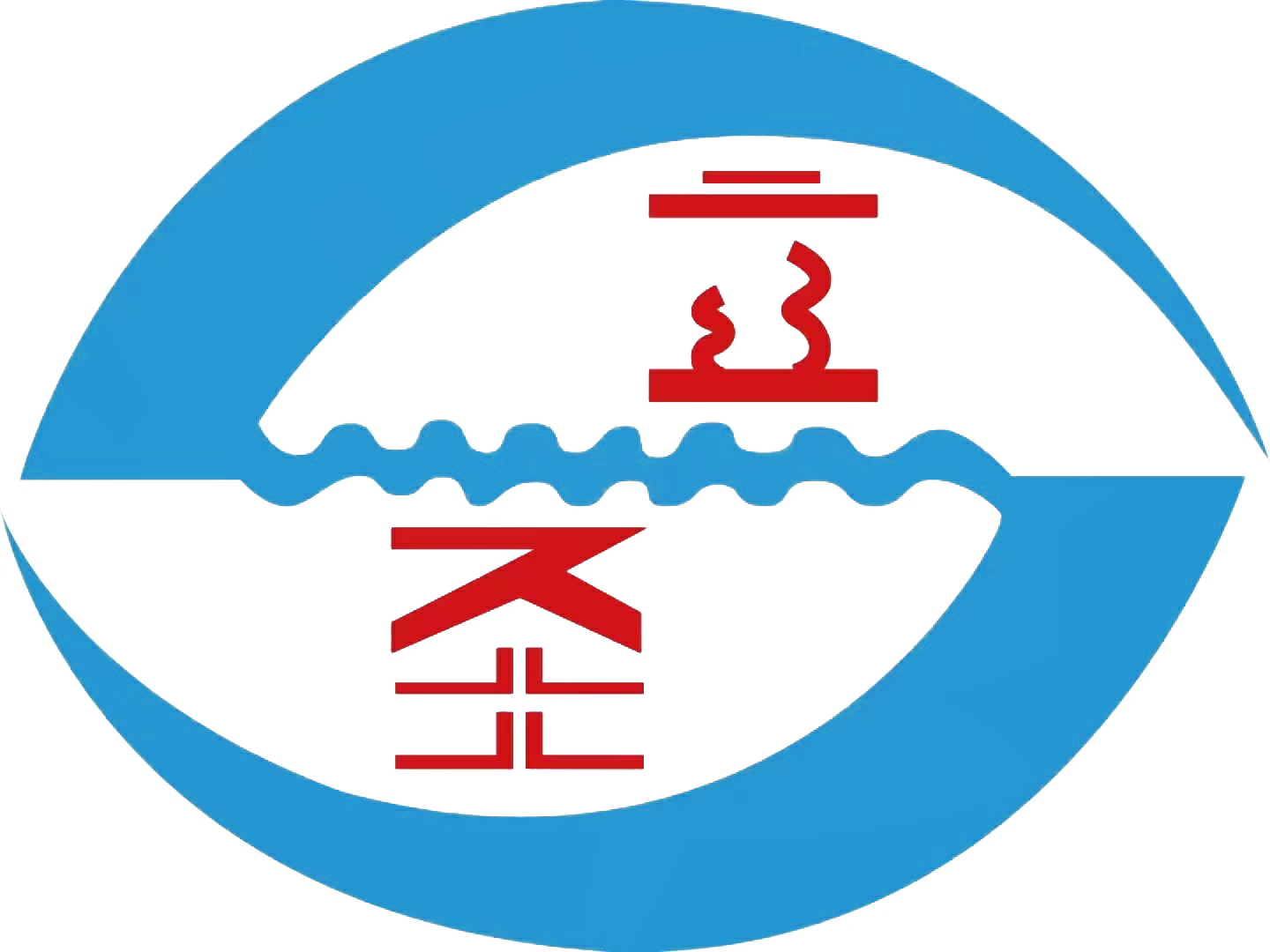เมื่อเราได้ยินคำว่า 'สปริง' มักจะนึกถึงคอยล์แบบยืดหยุ่นในปากกาที่มีราคาแพง หรือสปริงในของเล่นกระโดดต่าง ๆ อย่างไรก็ตาม คุณทราบหรือไม่ว่าเครื่องจักรต่าง ๆ ก็มีสปริงหลายประเภทแตกต่างกันอยู่ภายในด้วย? พลอยน้ําคอนิกส์ เป็นตัวอย่างเช่น
สปริงเกลียวกรวยมีรูปทรงกรวยและประกอบไปด้วยสายเหล็กพันเกลียว พวกมันถูกออกแบบมาเพื่อให้สามารถบีบอัดและขยายตัวในแบบเฉพาะ ซึ่งหมายความว่าพวกมันเหมาะสำหรับงานหลากหลายประเภทในอุตสาหกรรมต่าง ๆ
สปริงเกลียวกรวยได้รับการใช้งานอย่างแพร่หลายในการออกแบบเครื่องกลเนื่องจากมีข้อดีหลายประการ ข้อดีหลักคือสามารถอัดและขยายได้อย่างลื่นไหลกว่าสปริงชนิดอื่นๆ ทำให้เหมาะสำหรับสถานการณ์ที่ต้องการการเคลื่อนไหวที่แม่นยำมาก
นั่นคือข้อได้เปรียบอีกอย่างหนึ่ง: ชุดพวงมาลัยเหล่านี้สามารถดูดซับและปล่อยพลังงานได้ดีมาก ซึ่งมีความสำคัญมากสำหรับการใช้งานที่ต้องเก็บและปล่อยพลังงานจำนวนมาก เช่น ในรถยนต์และเครื่องจักรขนาดใหญ่
อาจดูยากที่จะคำนวณแรงดึงและแรงบิดของสปริงเกลียวทรงกรวย แต่สามารถทำได้ในไม่กี่ขั้นตอนที่ตรงไปตรงมา แรงหมายถึงแรงภายในที่สปริงเผชิญเมื่อถูกบีบหรือยืด เมื่อมีแรงกระทำ การบิดเบือนจะวัดปริมาณที่สปริงเปลี่ยนรูป หรือยืดหรือหดตัว
เราจะต้องใช้สมการทางคณิตศาสตร์ที่พิจารณาคุณสมบัติของวัสดุที่ใช้ทำสปริง เช่น ความแข็งและความกว้าง เพื่อคำนวณแรงและความผิดเพี้ยน หากทำอย่างแม่นยำ วิศวกรจะสามารถตรวจสอบให้แน่ใจว่าสปริงทำงานได้อย่างมีประสิทธิภาพในหน้าที่ของมัน
มีหลายเหตุผลที่ทำให้การใช้งานสปริงเกลียวกรวยในรถยนต์เป็นที่แพร่หลาย เหตุผลหนึ่งที่พบบ่อยคือการใช้งานในระบบ Ophanging ซึ่งช่วยให้การขับขี่นุ่มนวลและสะดวกสบายโดยการดูดซับแรงกระแทกและการสั่นสะเทือนจากถนน

ลิขสิทธิ์ © Ningbo Jiangbei Lisheng Spring Co., Ltd. สงวนสิทธิ์ทั้งหมด | นโยบายความเป็นส่วนตัว|บล็อก